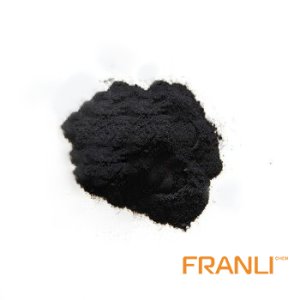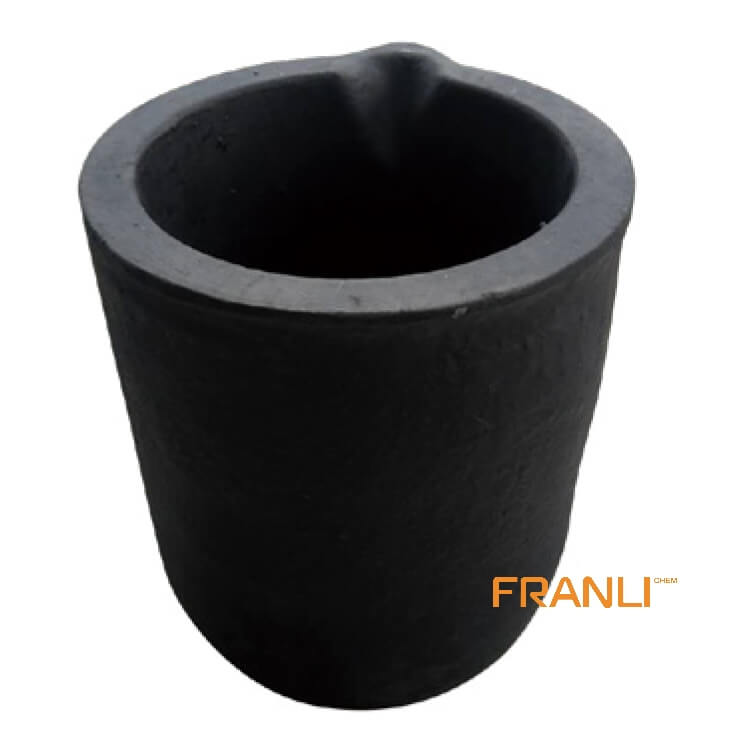

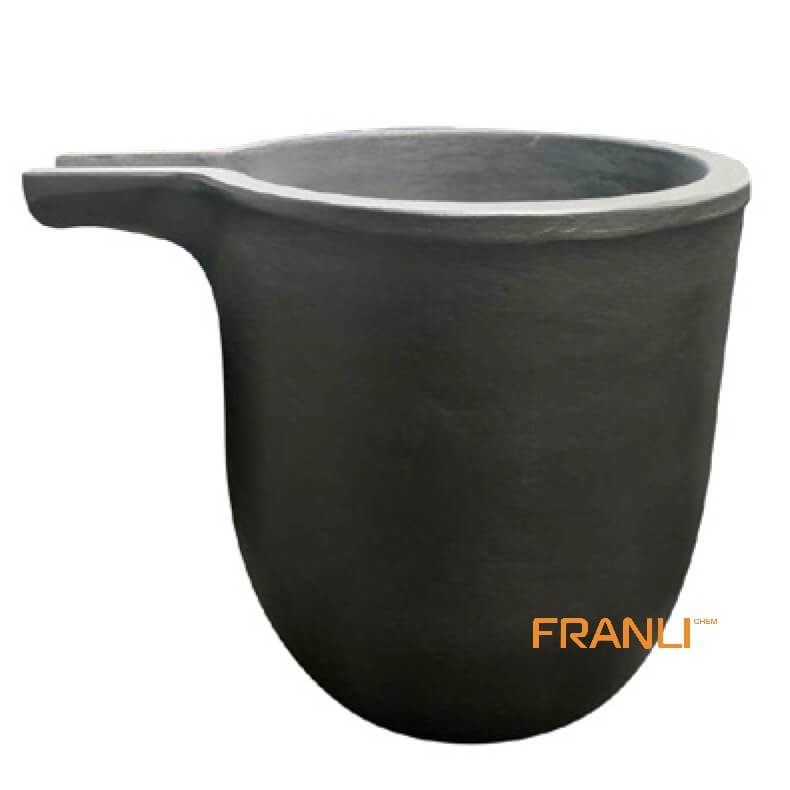
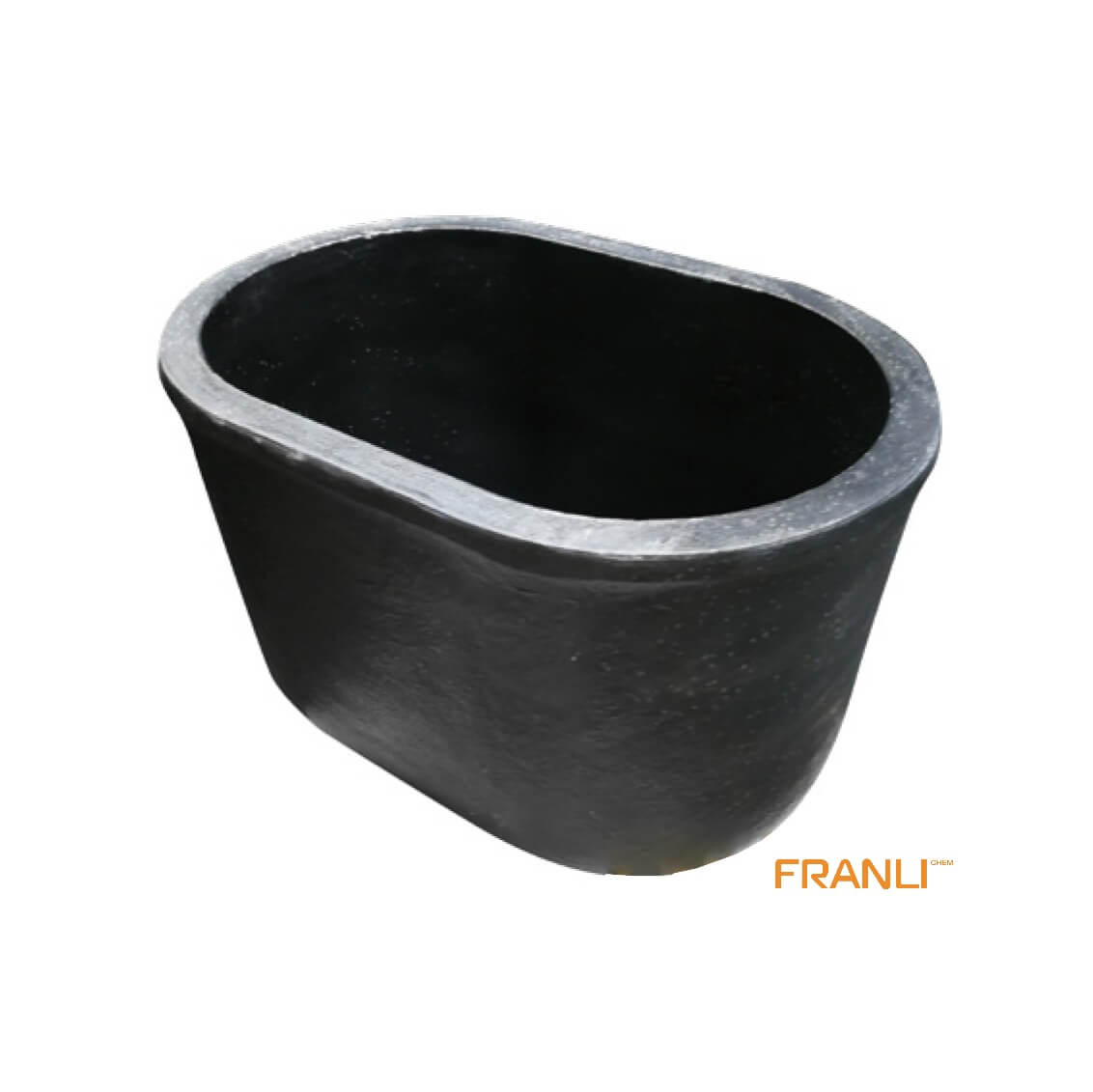
Graphite Crucible
Size
Different size is available, can be customized
Carbon Content
SiC graphite crucible, Spouted crucible, Inductor crucible, Elliptical crucible(U-shaped Crucible)
Material
Graphite and Silicon carbide
Working temperature
400-1600℃
Melting Metal
Aluminum, Copper, Brass, Bronze, Silver, Tin, Zinc, etc
Features
High density, high strength, dense uniform and defect-free.
Package
Wooden box
Graphite crucible is made of natural flake graphite as the main raw material and plastic refractory clay or carbon as binder. It has the characteristics of high temperature resistance, strong thermal conductivity, good corrosion resistance and long service life. It has strong corrosion resistance on acidic and alkaline solutions, has excellent chemical stability, and does not participate in any chemical reactions during the smelting process. The inner wall of the graphite crucible is smooth, and the melted metal liquid is not easy to leak and adhere to the inner wall of the crucible, so that the metal liquid has good fluidity and is suitable for various mold casting.
Request a quoteGraphite crucibles are essential components used in a wide range of industrial applications, particularly in the melting and casting of non-ferrous and non-iron metals. These crucibles are known for their high-temperature resistance, chemical inertness, and thermal shock resistance, making them indispensable in processes such as metal melting, foundry operations, and material research.
Types of Graphite Crucibles
Graphite crucibles are classified based on their composition, shape, and intended applications. The most common types of graphite crucibles include:
1. Refractory Carbonaceous Crucibles
Refractory carbonaceous crucibles are made from raw graphite and are characterized by their high thermal shock resistance and minimal tendency to oxidize. These crucibles are highly resistant to chemicals, except for oxidation, and are often used in high-temperature applications such as metal melting and foundry operations.
2. Graphite and Clay Crucibles
Graphite and clay crucibles are a common type of graphite crucible, where graphite is combined with clay to create a durable and heat-resistant material. These crucibles are molded and solidified under intense heat, resulting in a product that endures high temperatures and reacts minimally with molten metals. They are widely used for melting non-ferrous metals such as gold, silver, aluminum, and brass.
3. High Purity Graphite Crucibles
High purity graphite crucibles are made from high-purity graphite raw material, with a graphite content of over 99.9%. These crucibles exhibit exceptional properties such as high temperature resistance, excellent acid and alkali resistance, good thermal shock resistance, and high mechanical strength. They are widely used for induction heating and metal melting processes.
Manufacturing Process
The manufacturing of graphite crucibles involves the careful selection and processing of raw materials to ensure the desired properties and performance. Graphite crucibles are typically made from a mixture of graphite, binders such as clay or plastic clay, and other additives to enhance their strength and durability. The mixture is then molded into the desired shape and solidified under high heat to create the final crucible product.
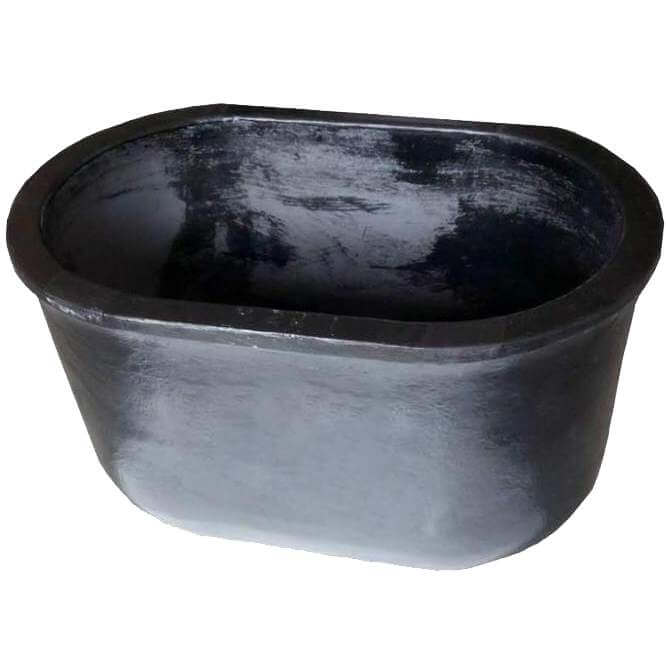
Properties and Significance
Graphite crucibles are valued for their unique properties, which make them essential for various industrial applications. Some of the key properties and significance of graphite crucibles include:
High Temperature Resistance
Graphite crucibles exhibit exceptional high-temperature resistance, allowing them to endure the extreme heat generated during metal melting and foundry operations. This property makes them indispensable for processes that require precise control over temperature and thermal stability.
Chemical Inertness
Graphite crucibles are chemically inert and exhibit minimal reactivity with molten metals, making them ideal for melting and casting non-ferrous materials. Their chemical inertness ensures the purity and integrity of the melted metal, contributing to the production of high-quality castings and alloys.
Thermal Shock Resistance
Graphite crucibles demonstrate excellent thermal shock resistance, allowing them to withstand rapid changes in temperature without cracking or deforming. This property is critical for processes that involve repeated heating and cooling cycles, ensuring the longevity and durability of the crucible.
High Thermal Conductivity
Graphite crucibles are known for their high thermal conductivity, which aids in the efficient transfer of heat during metal melting processes. This property contributes to faster melting times, reduced energy consumption, and increased process efficiency.
Applications
Graphite crucibles find widespread use in various industrial applications, including:
– Metal Melting: Graphite crucibles are commonly employed for melting and casting non-ferrous metals such as gold, silver, aluminum, brass, and copper. Their high-temperature resistance and chemical inertness make them ideal for foundry operations and metal casting processes.
– Material Research: Graphite crucibles are used in material research and development for processes such as chemical analysis, sample preparation, and material testing. Their consistent performance at high temperatures makes them suitable for a wide range of research applications.
– Industrial Manufacturing: Graphite crucibles are utilized in industrial manufacturing processes that require precise control over temperature and thermal stability. They are essential for the production of specialized alloys, ceramics, and other high-temperature materials.
Graphite crucibles are indispensable components used in a wide range of industrial applications, particularly in metal melting, foundry operations, and material research. Their unique properties such as high-temperature resistance, chemical inertness, thermal shock resistance, and high thermal conductivity make them essential for processes that require precise control over temperature and thermal stability. The different types of graphite crucibles cater to diverse industrial needs, providing efficient and reliable solutions for metal melting, casting, and material research applications.



